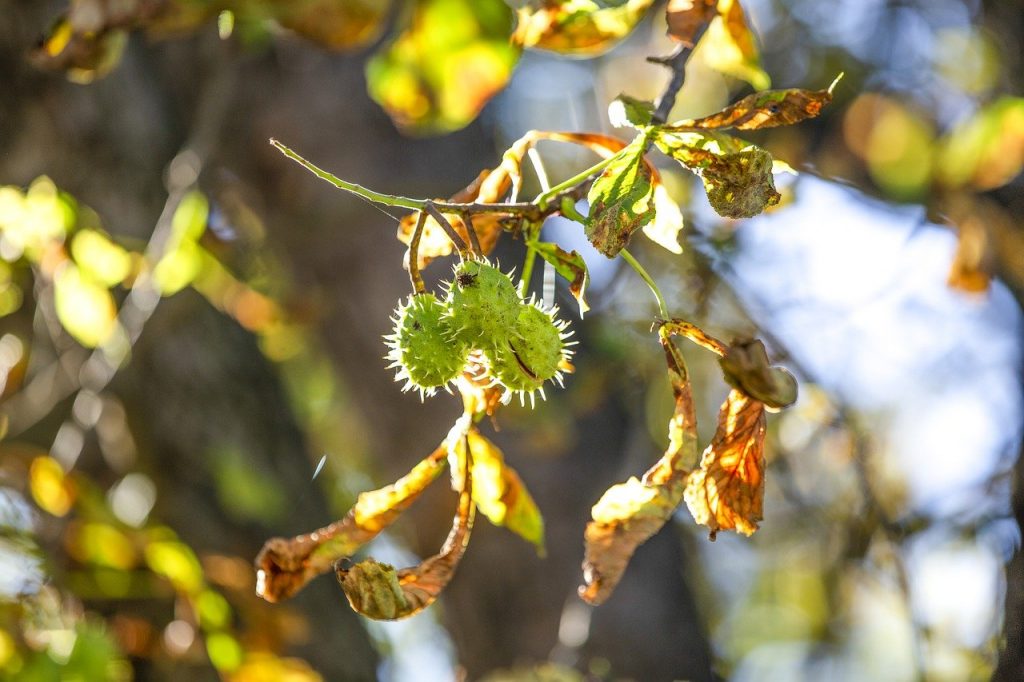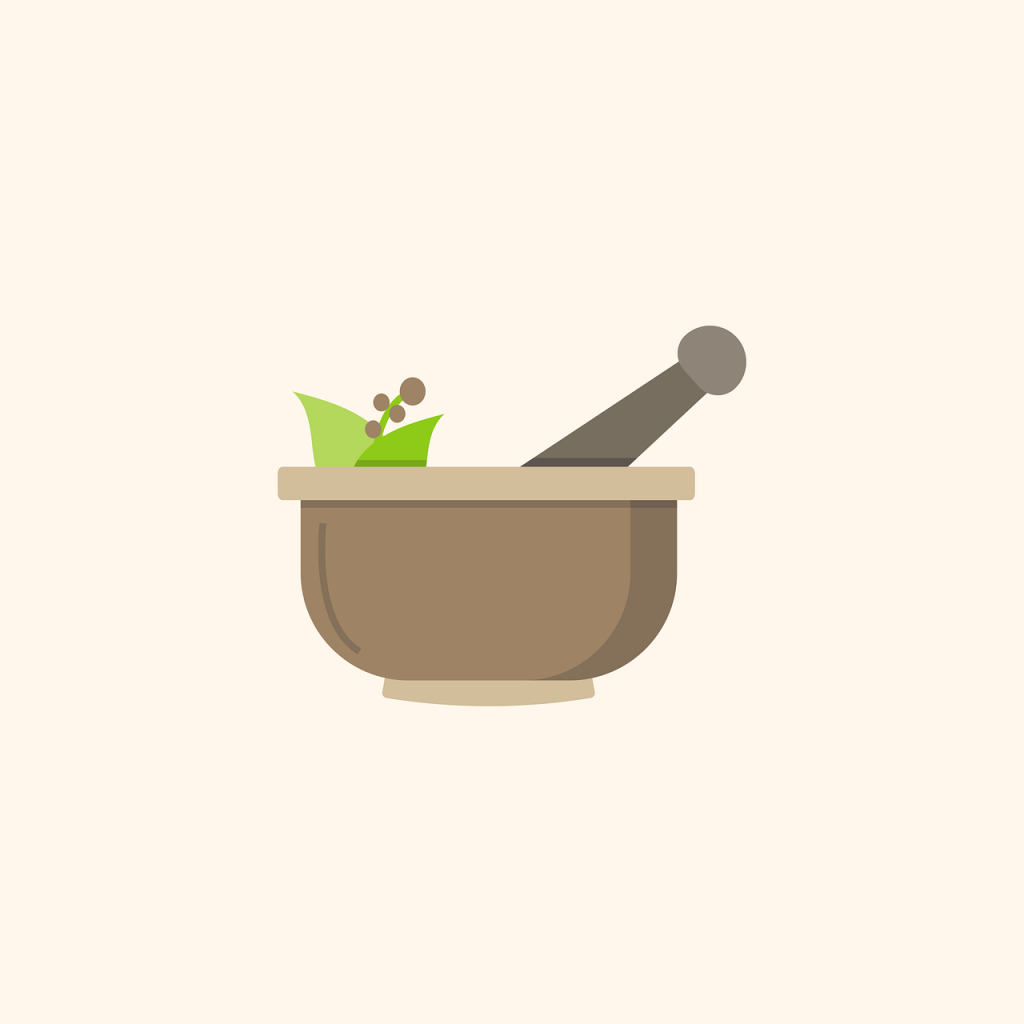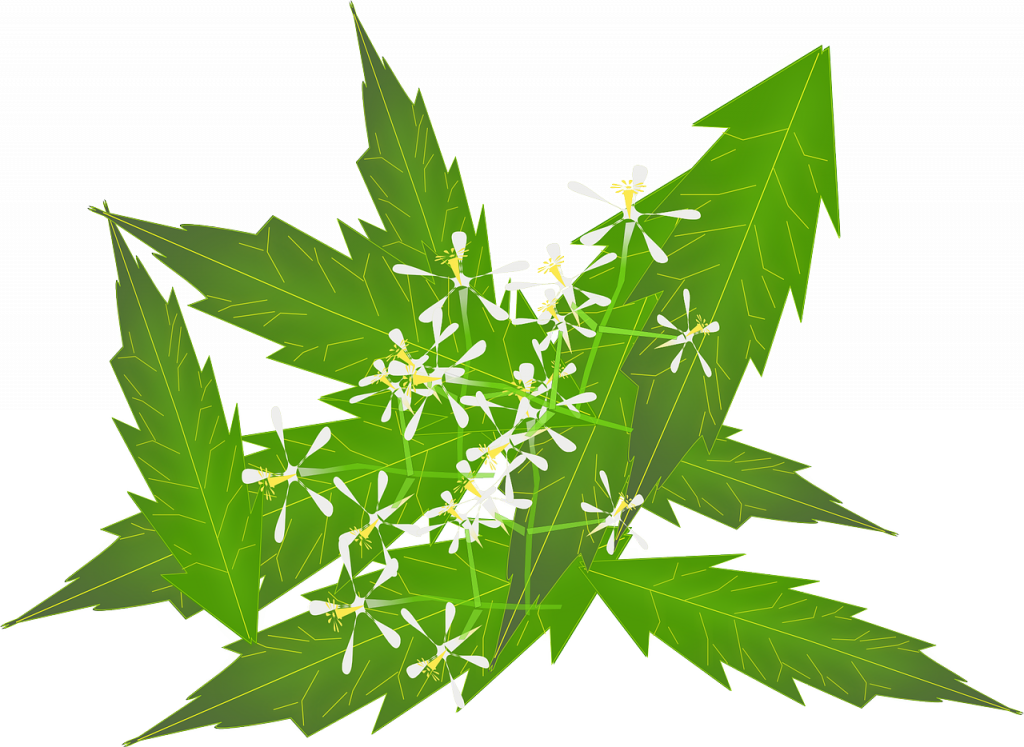Located around 123 kms from Srinagar, in the high Himalayas, the Gurez valley is known for its rich plant and animal life and famed for the Gilgit road that runs through it and the river Kishanganga that flows through this valley. The Gurez valley does not feature often on the list of popular tourist destinations in Jammu and Kashmir; however, it is actually a very beautiful place that is also blessed with many medicinal plants.
Mushk Bala
(Scientific Name: Valeriana Wallichi)Known as the Indian valerian and called mushk bala, in Urdu, this is a perennial herb that has medicinal uses. Its rhizomes and roots are dried and used as a tonic. It can be used against epilepsy, neurosis as well as for the treatment of constipation and cough. Its consumption can help reduce anxiety, and it is believed to be a detoxifier.
Chora
(Scientific Name: Angelica glauca)Known by the names Chora, Choru, or Gandrayan, this herb is utilized to treat digestive problems and helps heal wounds. Its powdered root, when given with warm water to children, can provide relief from vomiting and stomach disorders.
Belladona
(Scientific Name: Atropa belladonna)This tall bushy shrub is used in alternative medicine as a cure for arthritis pain and nerve problems. It can help treat hay fever, colds, irritable bowel syndrome, and motion sickness.
Kala Jeera
(Scientific Name: Bunium persicum)Known as kalonji, or kala jeera, in India, it is a commonly used spice in cooking. It helps treat digestive problems and flatulence, and is good for menstrual health. It aids in reducing blood sugar levels and bad cholesterol, and boosts cardiovascular health. According to Ayurveda, it is said to help maintain a balance between the Vata, Pitta, and Kapha Doshas in the body.
Kasini
(Scientific Name: Cichorium intybus)Commonly known as chicory, it is a perennial herbaceous plant that belongs to the daisy family. It is widely used as a substitute for coffee. It helps against loss of appetite and stomach issues like constipation. It is used as a medicine for disorders of the liver and the gall bladder. It is said to help increase bile production. With its cooling action, it helps against fever. It increases urine production and helps remove toxins from the kidneys. Its roots reduce inflammation and the juice of its leaves helps purify blood.
Sheetkar
(Scientific Name: Fritillaria roylei)This perennial herb finds application in alternative medicine. It is used against coughs and has been traditionally used to treat rheumatism. Its bulbs are boiled with orange peels and prescribed for tuberculosis and asthma.
Ratanjot
(Scientific Name: Alkanna tinctoria)It is a spice that is used to add flavour and also as a natural colouring agent. It is also called Alkanet Root and is commonly used in Indian cuisine. It is used to treat fever and wounds. Ratanjot oil promotes hair growth and helps prevent early greying of hair. It is commonly used in face masks and other skin care products. It is said to be helpful against skin infections and burn scars. It helps reduce inflammation and has a cooling effect on the body.
White-berry Mistletoe
(Scientific Name: Viscum album L)It is a semi-parasitic plant that grows on large trees. Since a long time, it has been used in medicine. It is said to help maintain cardiovascular health and reduce stress and anxiety. It boosts the immune system and helps fight health conditions such as epilepsy, rheumatism, and arthritis. It is helpful against cold, headaches, and respiratory issues. Moreover, it is also known to help lower blood pressure.
Indian Madder
(Scientific Name: Rubia cordifolia)It is a climbing vine found in the Himalayas and commonly known as Manjistha. In Ayurveda, it is used as a detoxifying herb, which helps remove impurities from the blood. Its topical application helps alleviate skin issues such as rashes, itchiness, and dryness. It helps against arthritis, improves digestion, and boosts immune health.
Kashmir Mallow
(Scientific Name: Lavatera kashmiriana)This ornamental and medicinal plant found in the Himalayan region of Kashmir is used as a diuretic and as a medicine for digestive problems. Its root is used in the preparation of a medicine to treat rheumatic pain.
Walnut
(Scientific Name: Juglans regia)Widely found in the Gurez valley, walnut trees have medicinal uses. Commonly consumed as a nut, its health benefits include reducing blood pressure and blood sugar levels, promoting digestive health, and improving brain function. Walnuts are rich in antioxidants and healthy fats and one of the best plant-based sources of omega-3 fatty acids.
Willow (Scientific Name: Salix)
Willow bark is a natural aspirin. It helps reduce pain in the muscles and joints, and thus helps against arthritis. It helps reduce fevers and treat symptoms of common cold.
These were some of the traditional medicinal plants from the Gurez valley of Kashmir. Human activities and habitat destruction have caused some of these plant species to be classified as threatened. We should take serious efforts toward preserving the biodiversity in Jammu and Kashmir so that such plants of medicinal value are saved from extinction.



